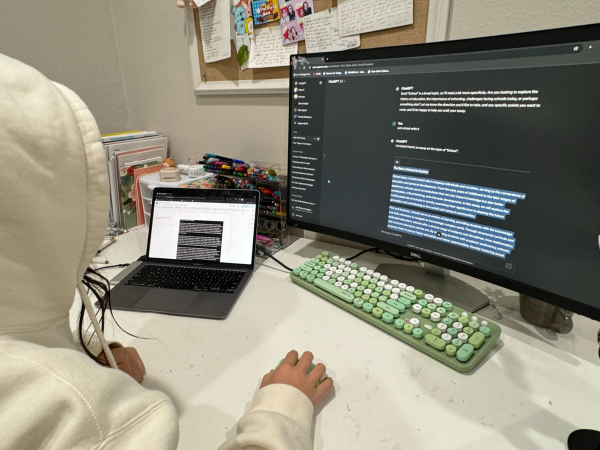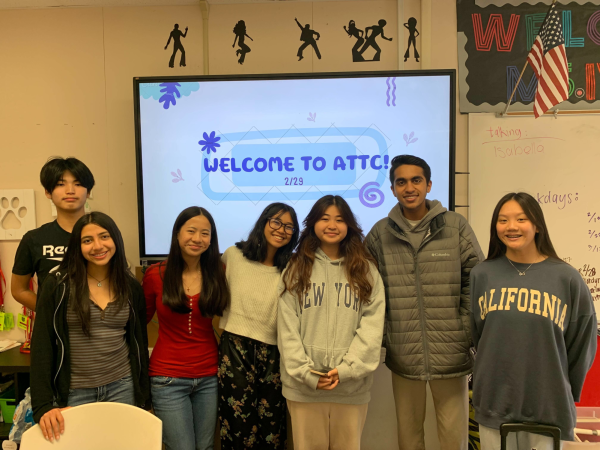From bystander to upstander: Safe School Ambassadors Program empowers students through two-day training event
November 9, 2021
“Lights, camera, respect, action!”
A hush falls over the room as a group of students sets the scene in what would be the lunch quad. One student takes pictures of another student, making derogatory comments about her appearance, while another attempts to distract them by showing them a video on social media. The picture never gets posted, and the person who stopped the girl from making the post walks off with a few others from the group.
This is just a single example of the many strategies the Safe School Ambassadors trainees learned while at the Safe School Ambassadors Training. Ten students per grade level and seven counselors attended Ayala’s fifth annual SSA training event, which took place in the USB room from 7:30 am to 2:30 pm on both October 21 and October 22 and focused on training students to recognize and respond to acts of mistreatment on campus.
Safe School ambassadors is a program designed around utilizing students to foster a positive school environment from an “Inside-Out” Approach, according to their website. Throughout the day, one trainer from the Safe School Ambassadors organization led various activities focused on encouraging an “ambassador” or “upstander” mindset, rather than a “bystander” mindset–students and counselors identified acts of mistreatment on campus, engaged in various bonding games, learned about the different ways to respond to mistreatment, and recreated everyday scenes of mistreatment with the additional of a preventative upstander.
“The Safe School Ambassadors Program is a program that believes in the power of students,” SSA trainer Lidia López, who attended the event, said. “We know as an organization after having done research that students in every school all over the world have more social influence than adults do. Sometimes they have power of numbers, [and] they have power of information. They see, hear, and know things that adults don’t, and they have the power of their relationship to step in in ways that adults can’t.”
Ayala’s first-ever SSA training took place in October 2016 as an effort to reduce bullying and animosity in the community which opposed the school’s core values. SSA teaches the power dynamic of three groups within an instance of mistreatment: the aggressor, the target, and the bystander. López emphasizes the importance of confronting the aggressor alone, without a crowd to witness the confrontation and the importance of the role of the bystander within these social groups.
“I think that the biggest fear that students have is I don’t like what I’m seeing, but I don’t know what to do. I don’t know what to do to keep myself safe,” López said. “But also, ‘Am I stepping in the right way? Or am I going to do something that’s going to make the problem worse?”
López describes the realism of the situations the ambassadors are trained to act out in order to recognize and react to acts of mistreatment. During the sticky note activity that the students participated in, students were required to write down what instances of mistreatment they have noticed on campus, where they found it, and identify who the victim and aggressor were. Next, they acted out the situation, with one member of a group acting as an ambassador stepping in to defuse the situation. Because the situations came from everyday instances of mistreatment, students were more likely to apply the skills they learned in real life situations.
“When students learn how to step in safely, then they can think, ‘Okay, maybe I can do this.’ For some people, they might be more comfortable using their supporting skills because that’s more aligned with their personality,” said López. “For other students, they might feel very comfortable in their group of friends saying, ‘Hey, back off, that’s not cool.’”
The role of the Safe School Ambassador ties in with school vandalism that has been occurring in the bathrooms, resulting from a challenge on TikTok called the “devious licks.” Counselor Ryan Venegas believes that the SSA program can help students become more aware of what their peers see as acceptable or unacceptable behavior.
“Students were trained on how to identify acts against the school, and so when their friends or peers break something, they’ll be like, ‘Dude, that’s not right,’” Venegas said. “They’re going to step in now and say, ‘Hey, why would you damage our bathroom? It’s brand new, why would it be destroyed?’ I want the culture of Ayala to stay positive and respectful.”
Along with tying in to vandalism, the SSA meeting highlighted the students’ connectedness among each other from either experiencing or witnessing mistreatment at some point in their lives. During the cross-the-line activity, students were introduced to a series of statements concerning their experiences with bullying that may or may not have applied to them. Participants crossed the line or stayed behind depending on whether the statement applied to them.
“[The activity] was an eye opener that helped me realize that others experienced the same things I did and that I wasn’t alone. It also visually showed how in that small group of students there were who had gone through mistreatment,” sophomore Angelina Song said.
Within their various social groups, Safe School Ambassadors start their impact with the people they are closest with–their friends and family. Within those groups, their impact spreads farther into other social groups outside of their usual social circle.
“It takes a lot of courage, I’m gonna be honest,” sophomore and USB Speaker of the House Daniel Choi said. “You just got to have that mentality of stepping out of your comfort zone, and just stepping into the uncomfortable, and be comfortable with it. And I know it takes a lot of time, but I feel like [as] you’re slowly building up that courage towards your family, and then slowly rising, rising, rising up [with your outer social circles].”
López recognized the importance the training had on helping ambassadors to not only connect with others to identify and discuss mistreatment but also to relax and have fun after not having seen others in an in-person setting in a while. She also stresses the importance of starting with oneself in order to truly influence others.
“Before you can actually work with anyone else, we need to start with ourselves and support ourselves,” she said. “Try making eye contact and speaking in a calm, firm voice. That’s a really good place to start.”

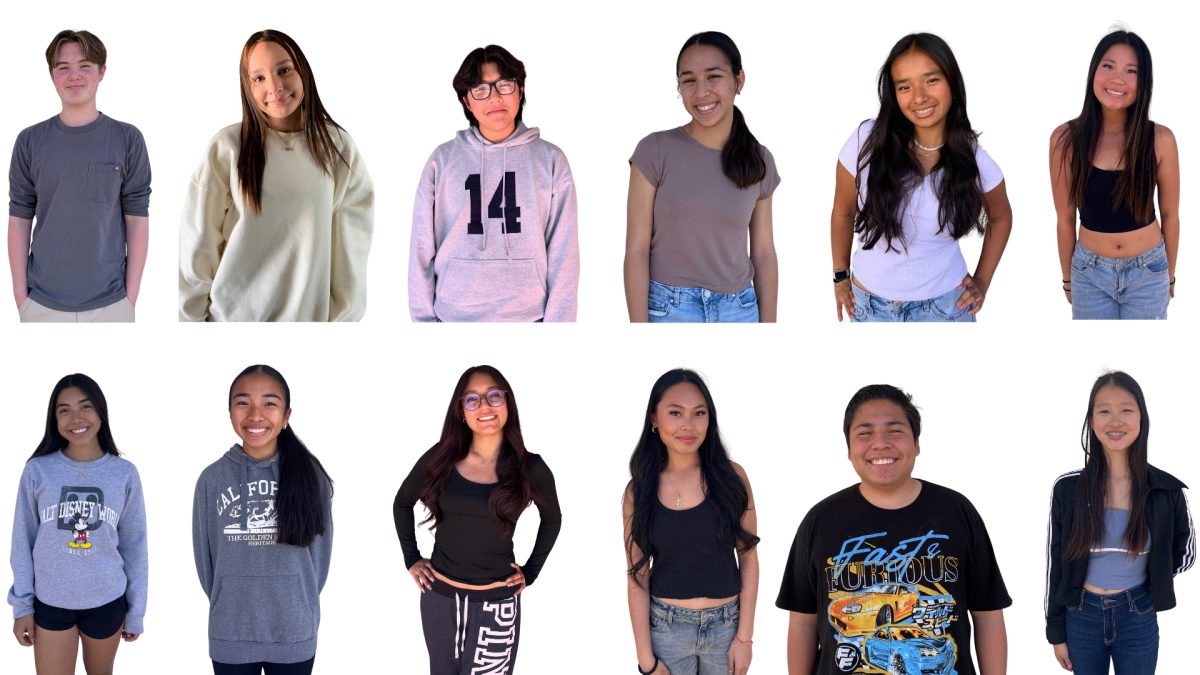
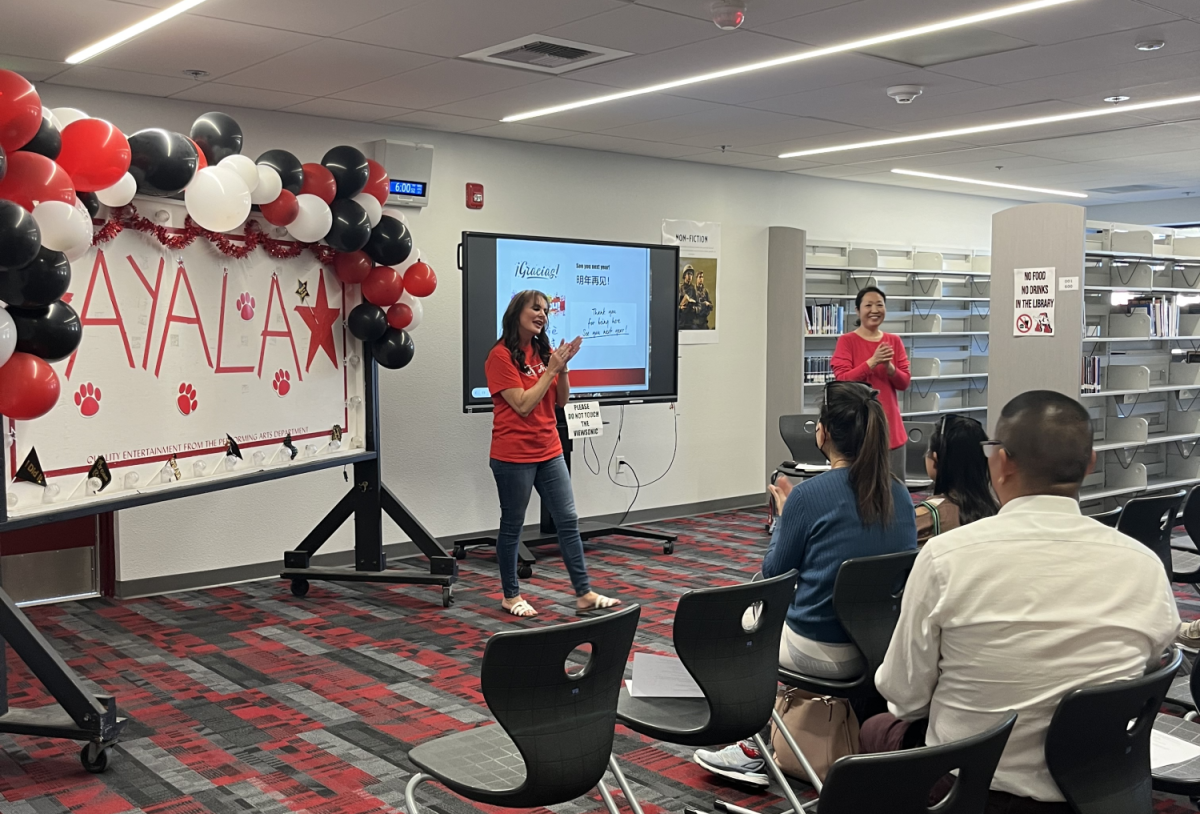

![Even though all juniors must take the CAASPP test, not everyone takes it seriously despite incentives. “I think that weve tried our best to stress the importance of the test, so hopefully that is coming across within [students] own attitudes towards [the CAASPP], English 10 Honors and AP Language teacher Mrs. Alexis Sjol said.](https://ayalabulldogtimes.org/wp-content/uploads/2024/04/IMG_8177.jpg)
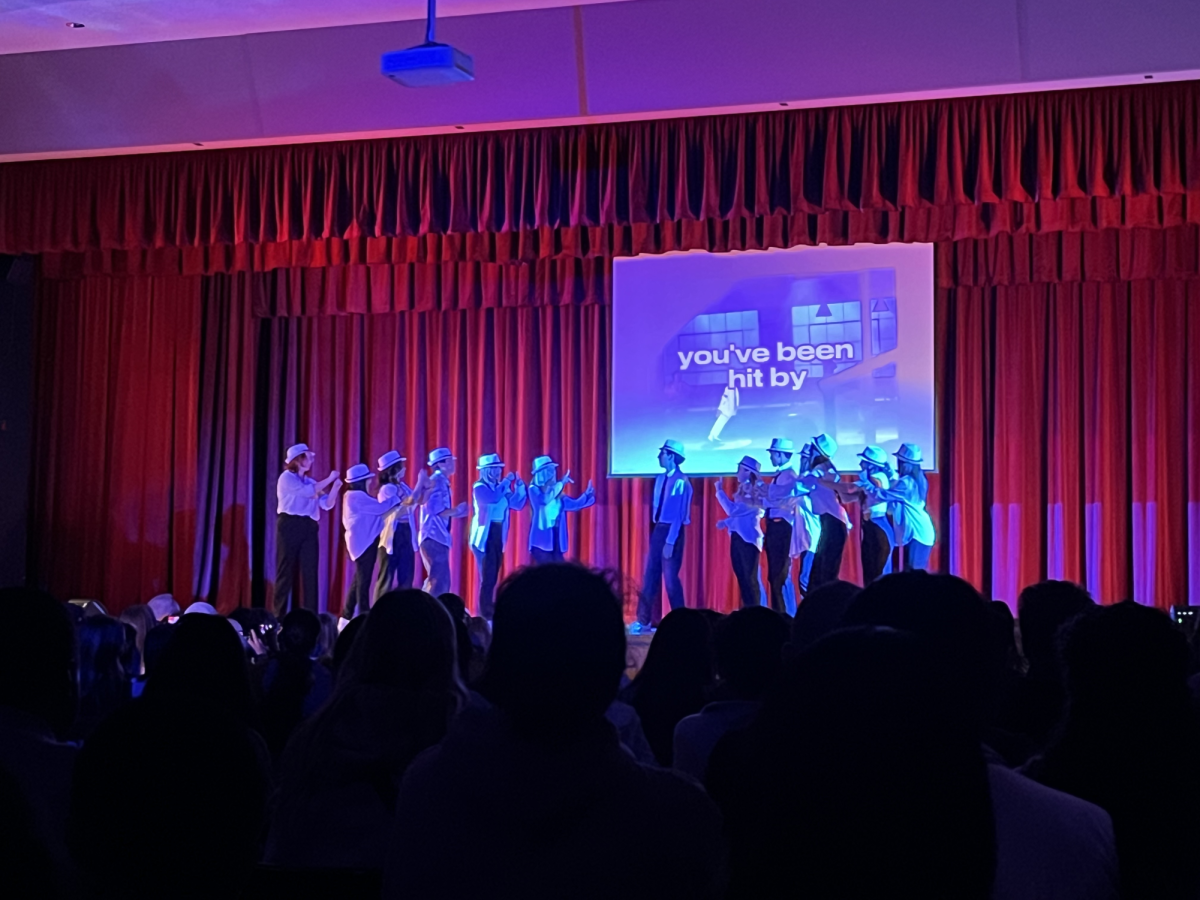



![[Photo Essay] What your phone case says about you](https://ayalabulldogtimes.org/wp-content/uploads/2024/04/Untitled_Artwork-22-1200x882.png)



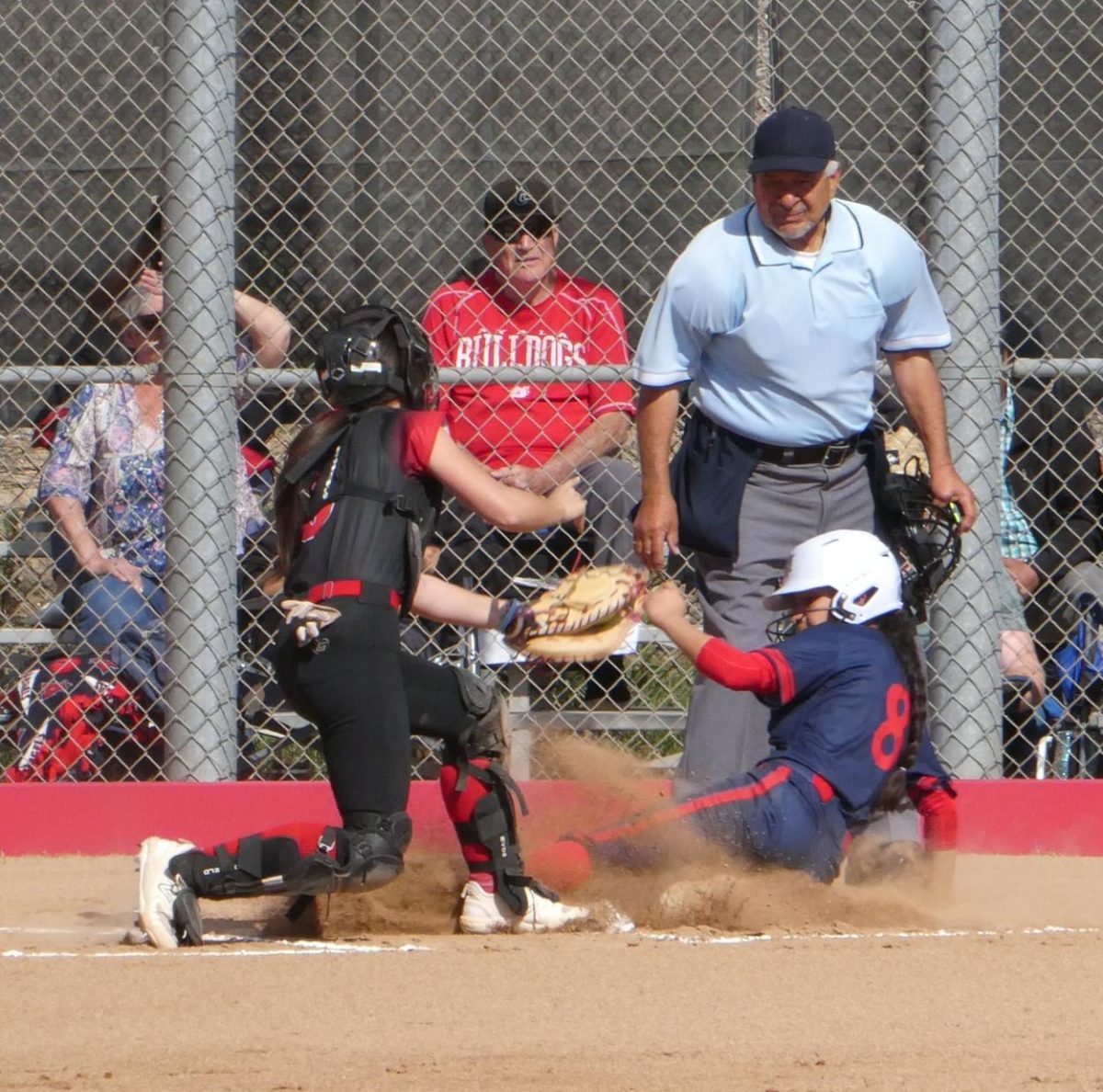


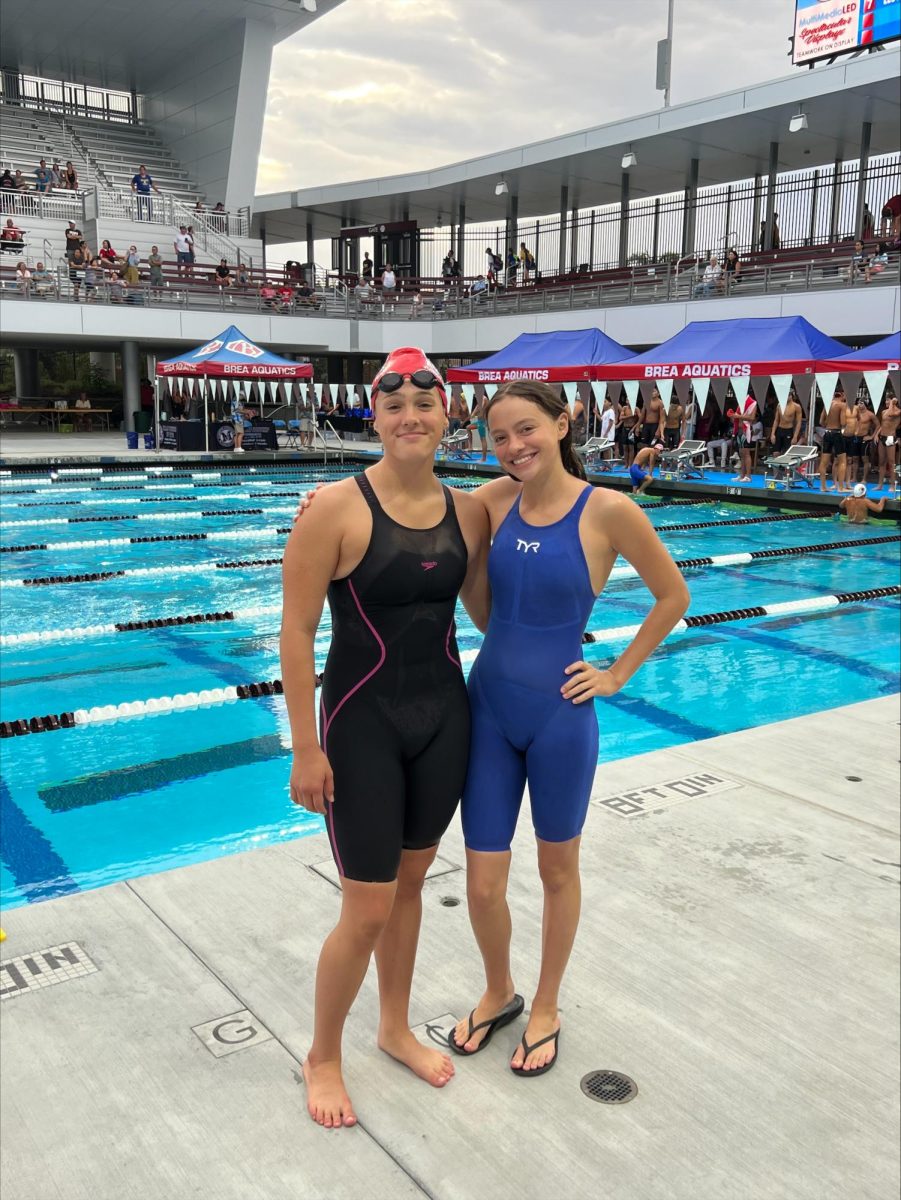

![Khalea Turningan has recently signed with the University of La Verne, to continue playing soccer after she graduates from Ayala. “Ive enjoyed [soccer] so much that I committed,” Turnigan said.](https://ayalabulldogtimes.org/wp-content/uploads/2024/02/Screenshot_20240201_122135_Instagram.jpg)
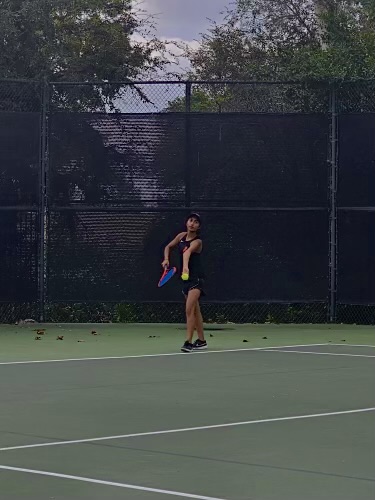
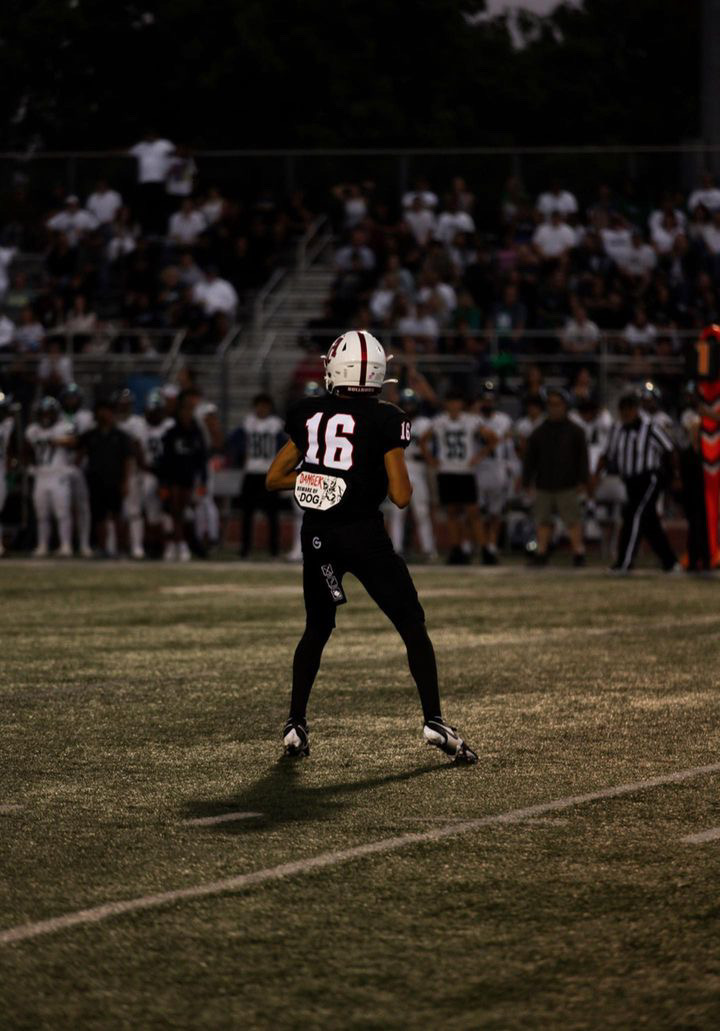






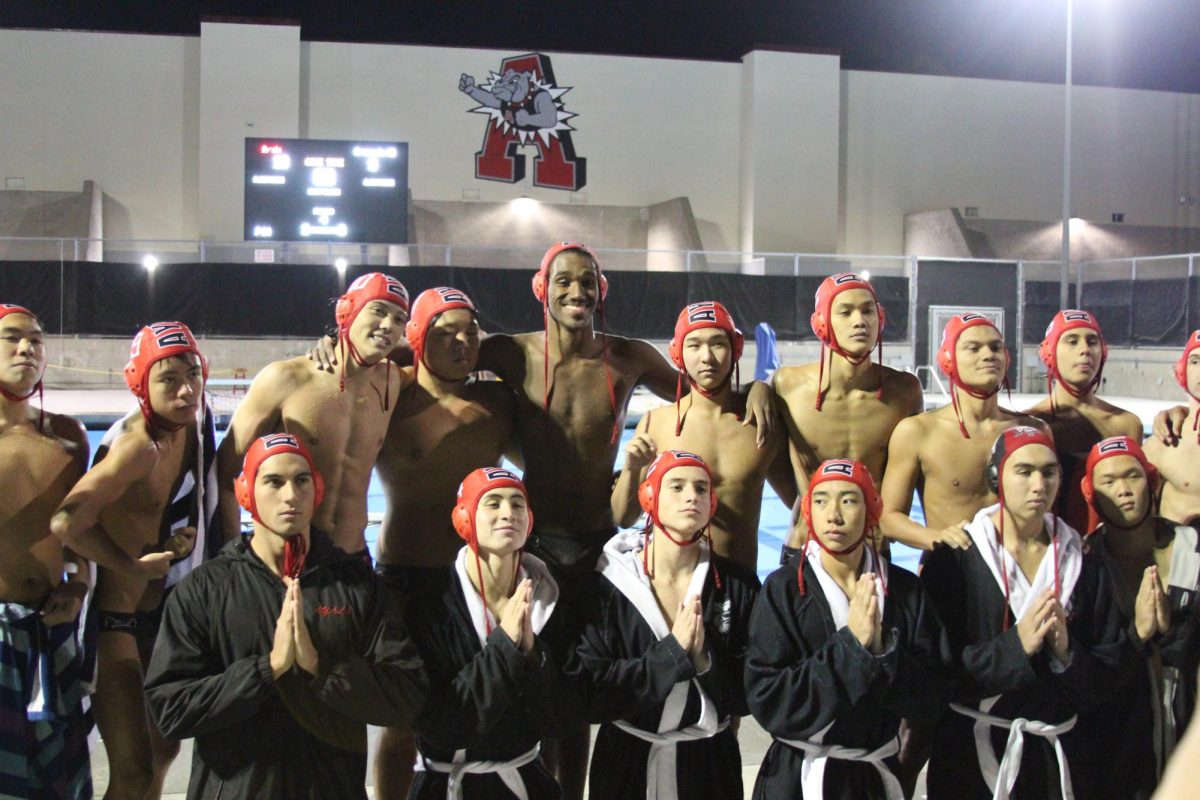
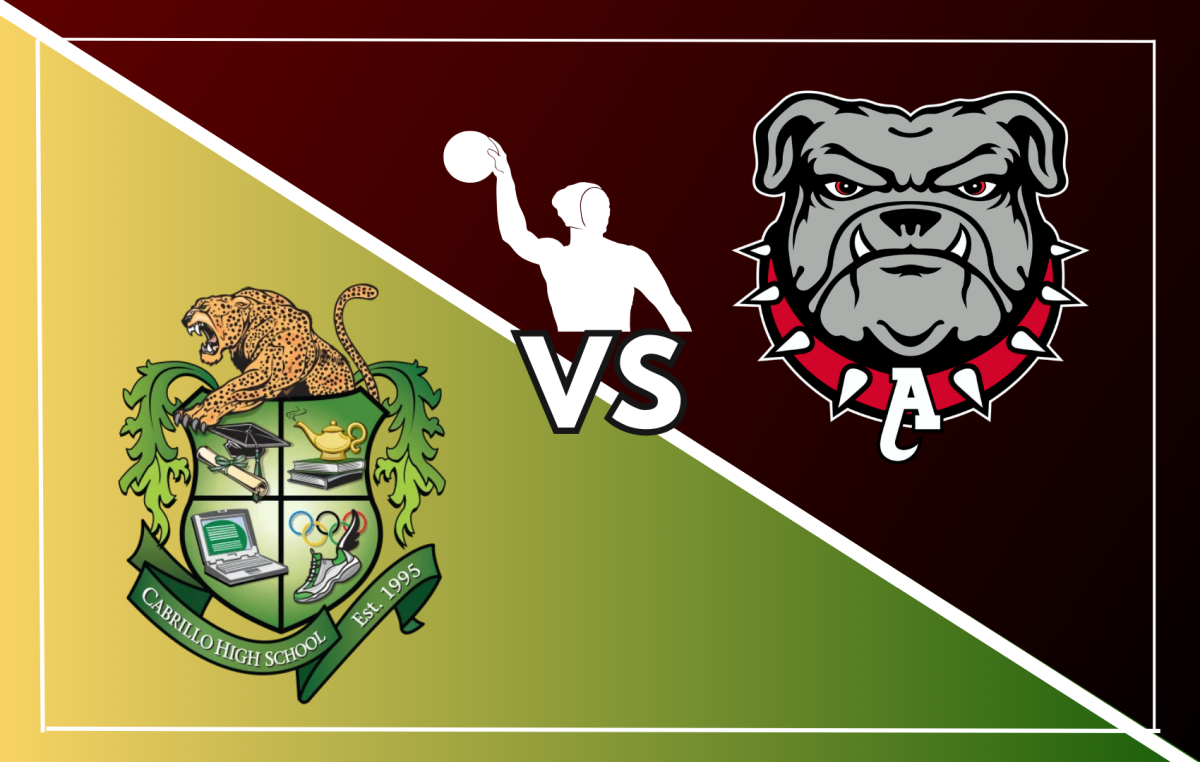
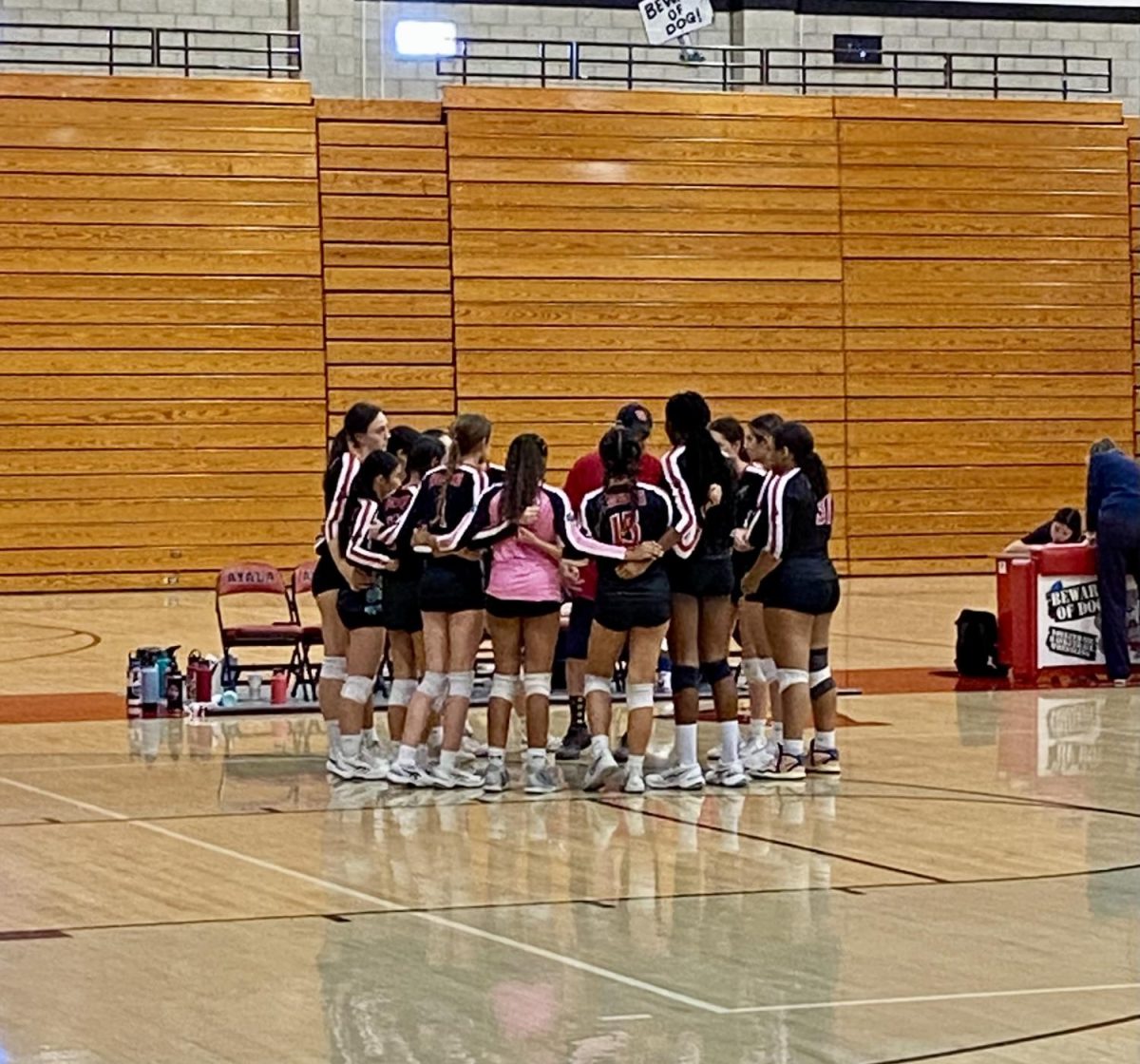
![Girls golf team at Glendora Country Club after their victory against Glendora High School. [From left] Lin Xu (9), Elisabeth lee (10), Eva Alcantara (10), Julie Zhao (9), Madison Soong (10), Priya Devine (10), Rachel Lee (9), Bella Campagna (12), Malaya Csupak (12), Julianna Limchu (12), Kailyn Dang (11), Hannah Reyes (11).](https://ayalabulldogtimes.org/wp-content/uploads/2023/11/IMG_6906-e1699247144815-1200x871.jpeg)

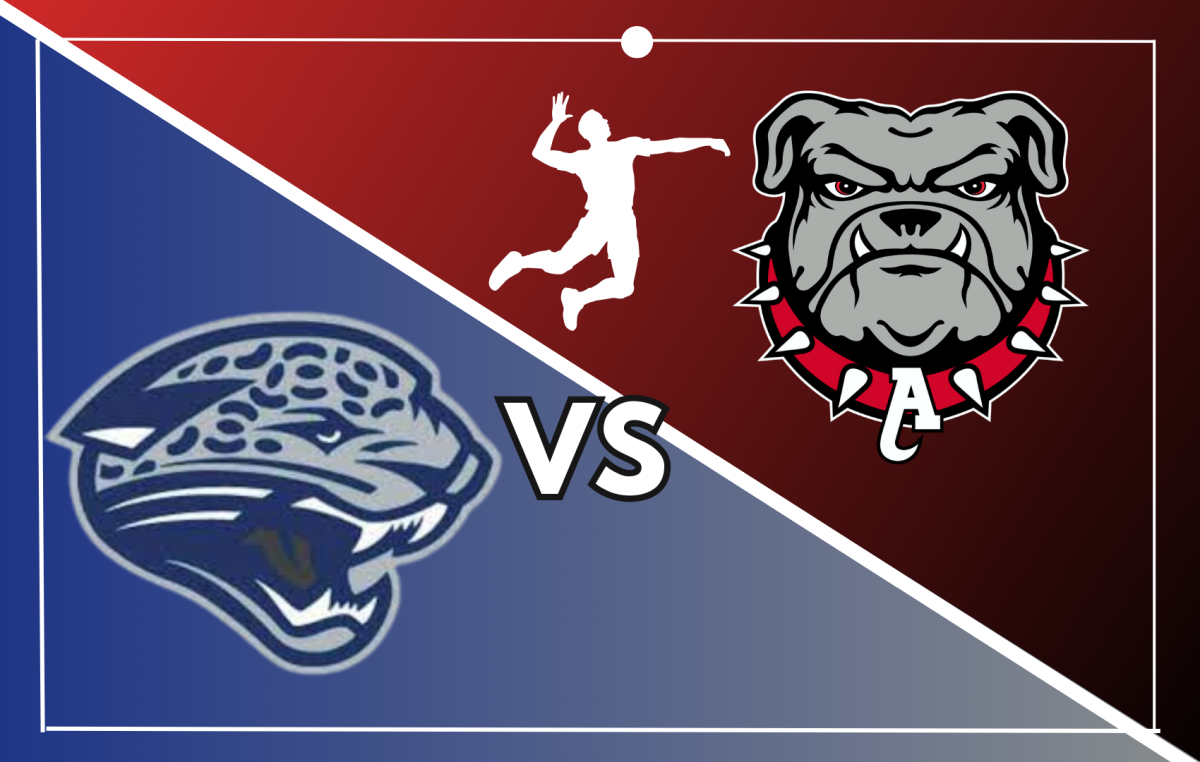


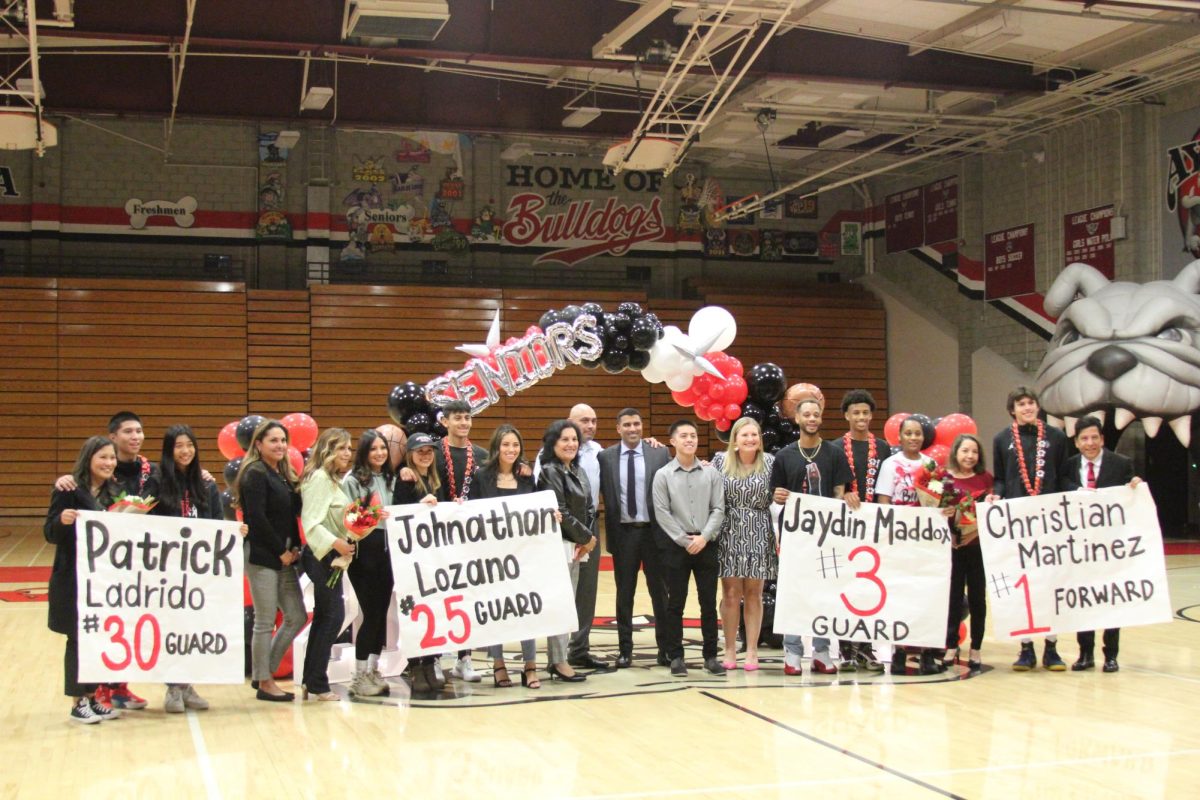


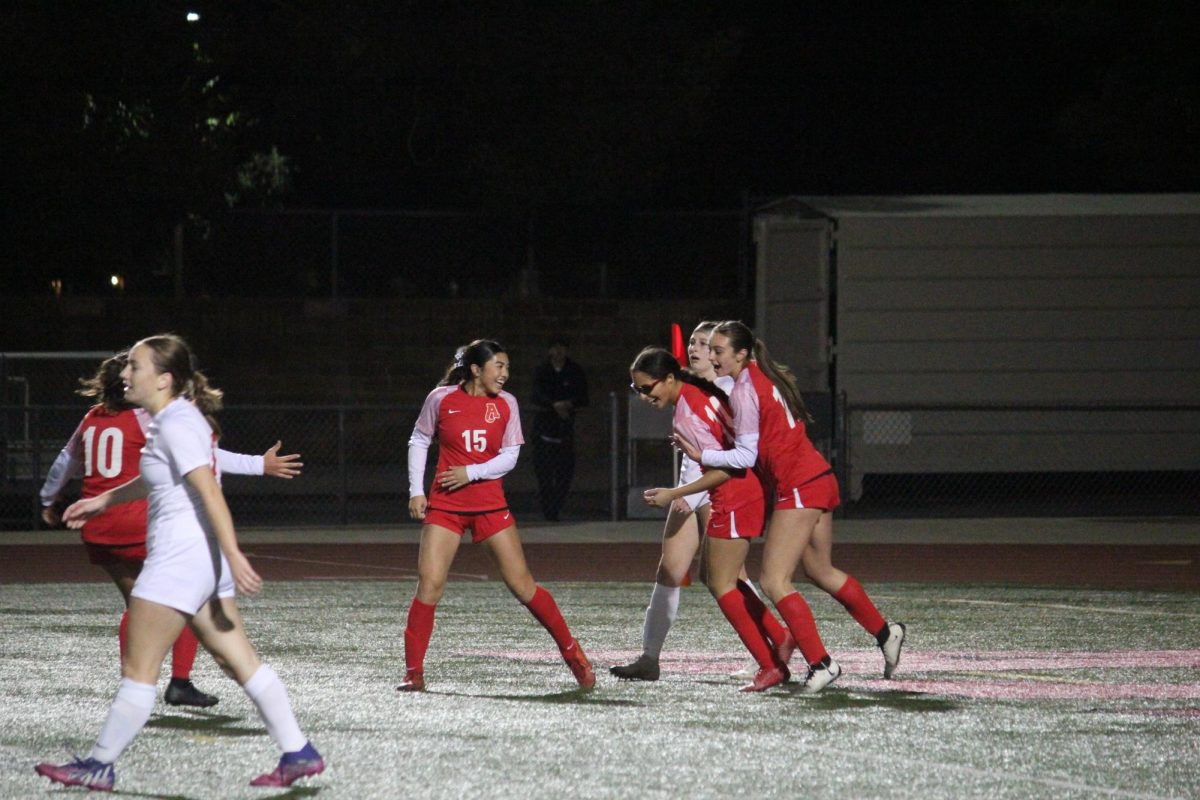


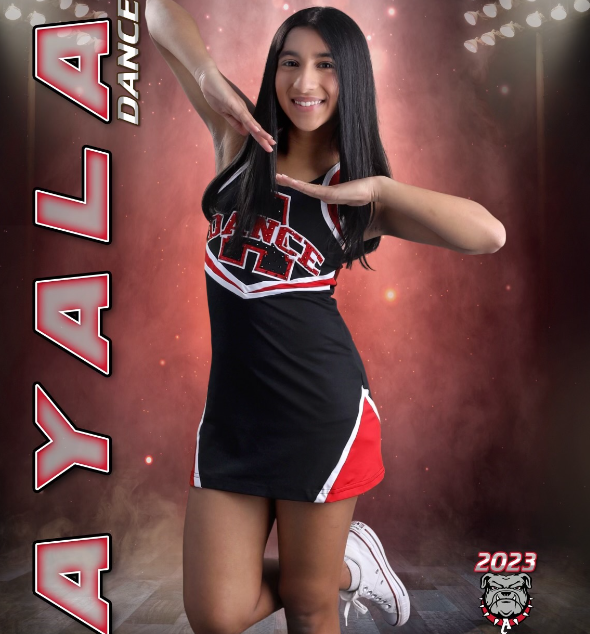
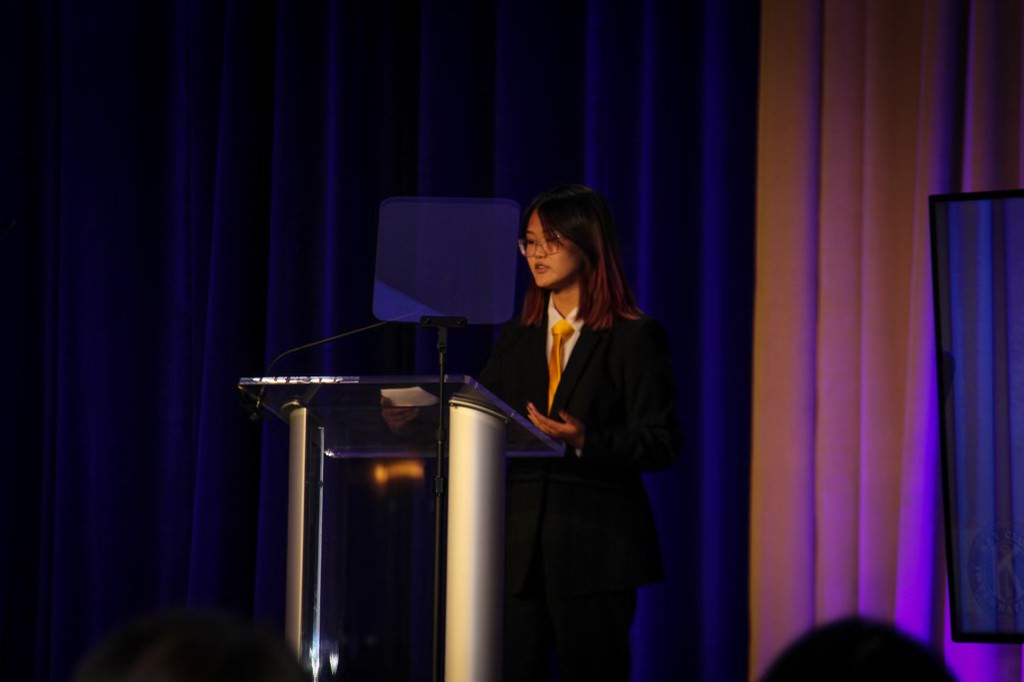
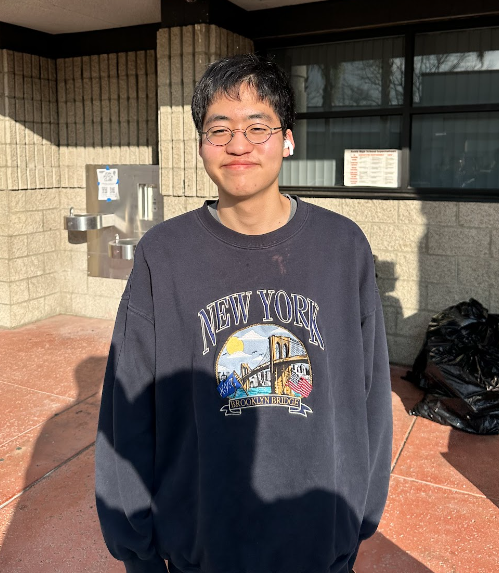
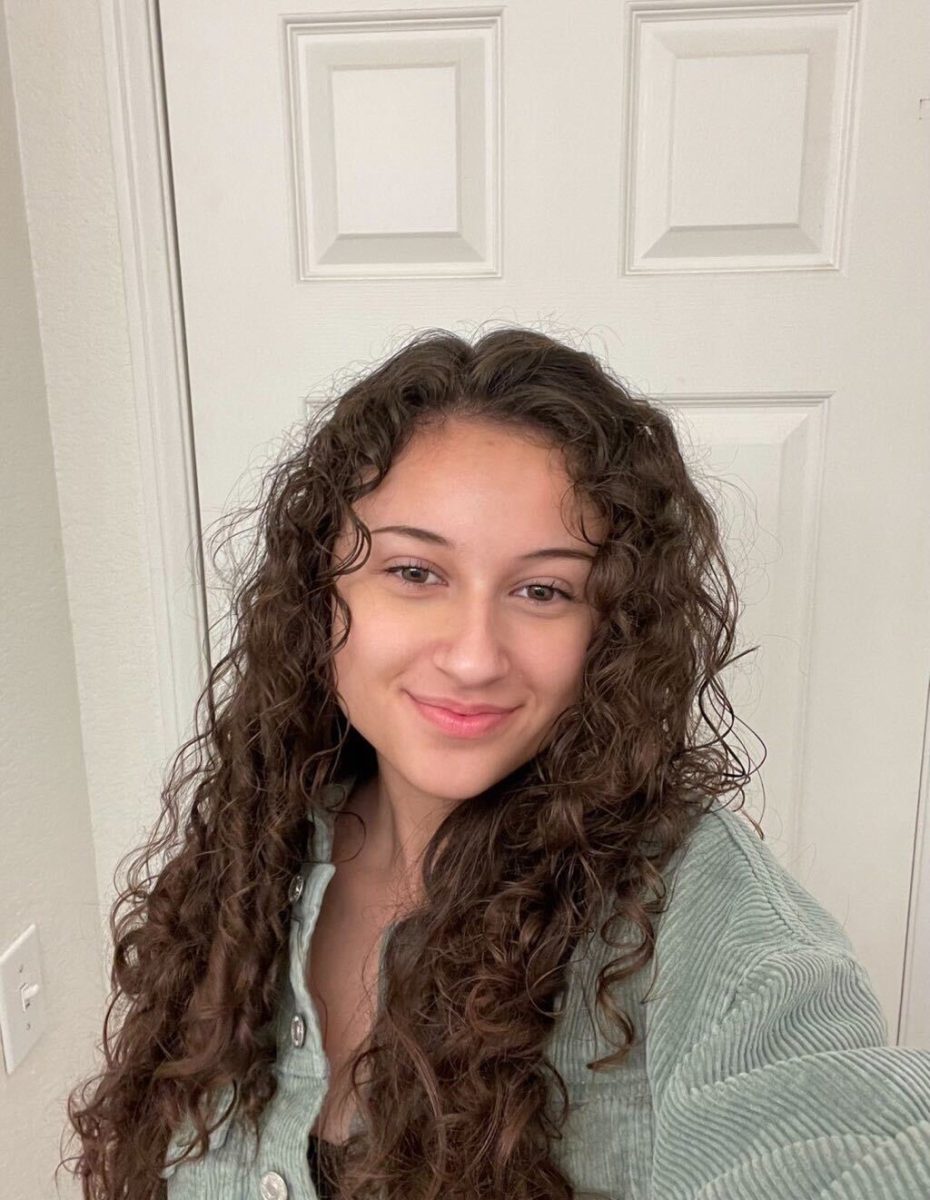
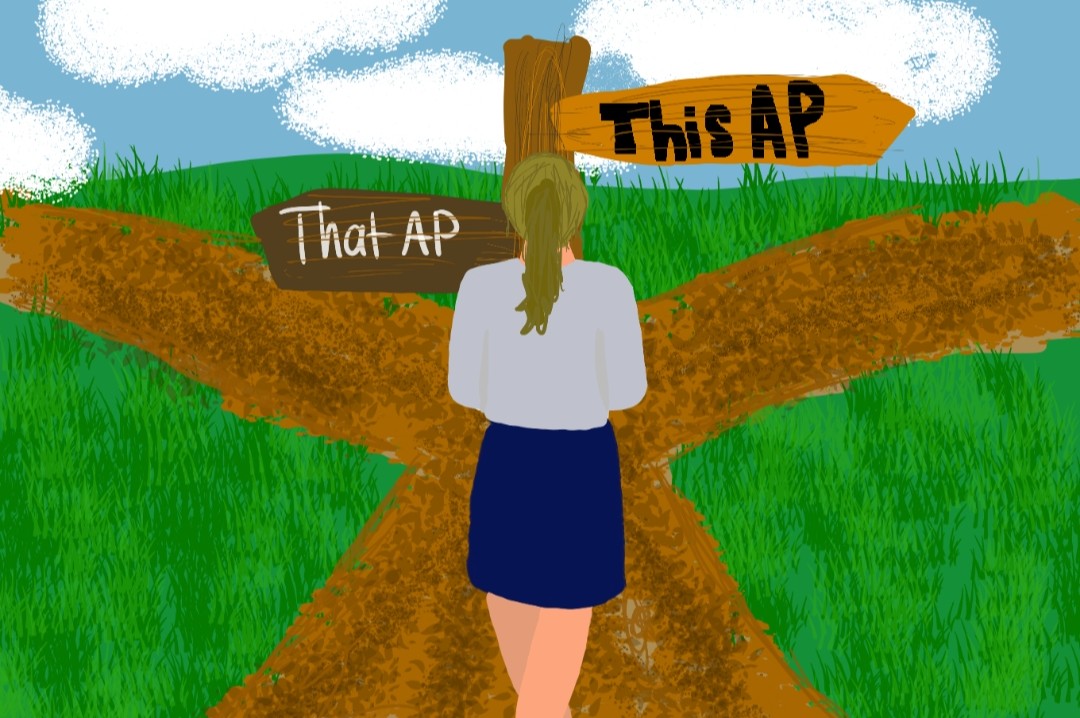
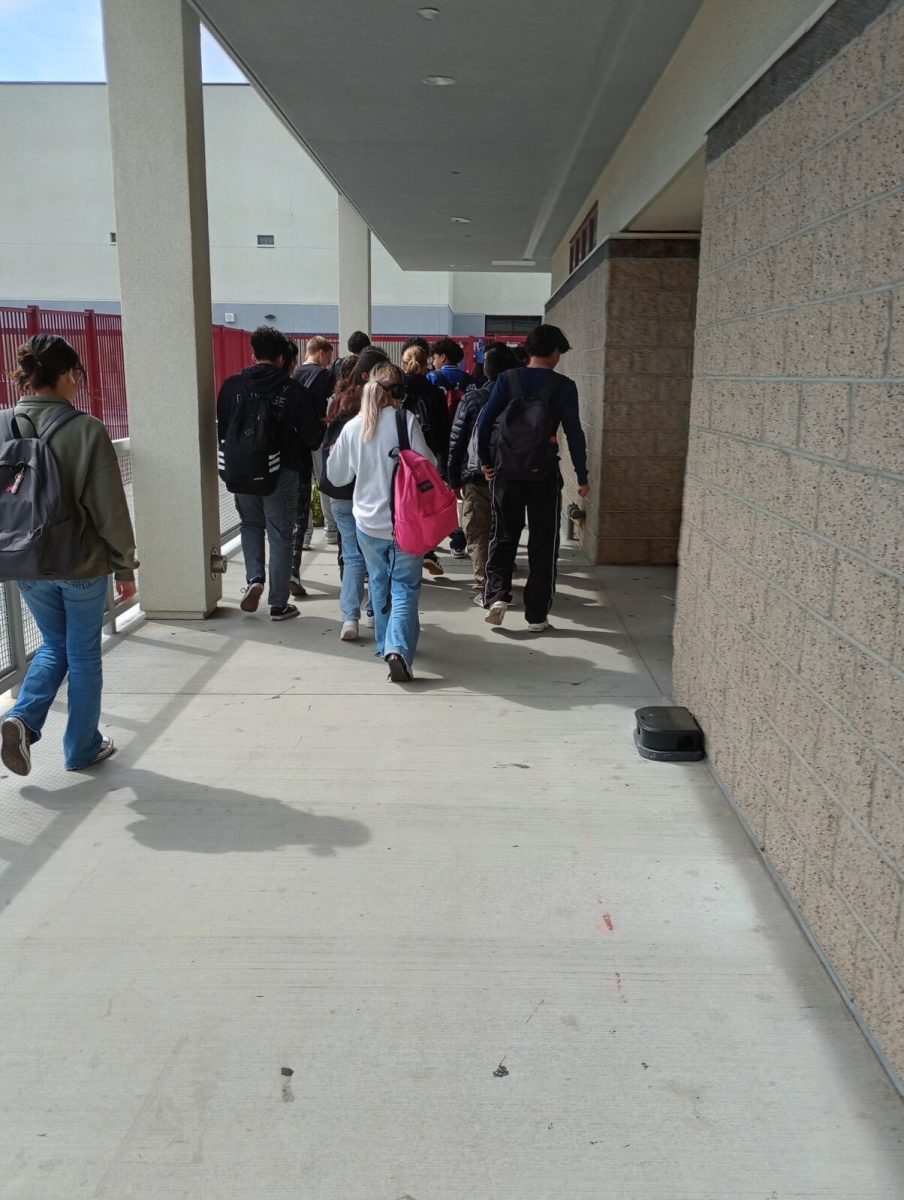

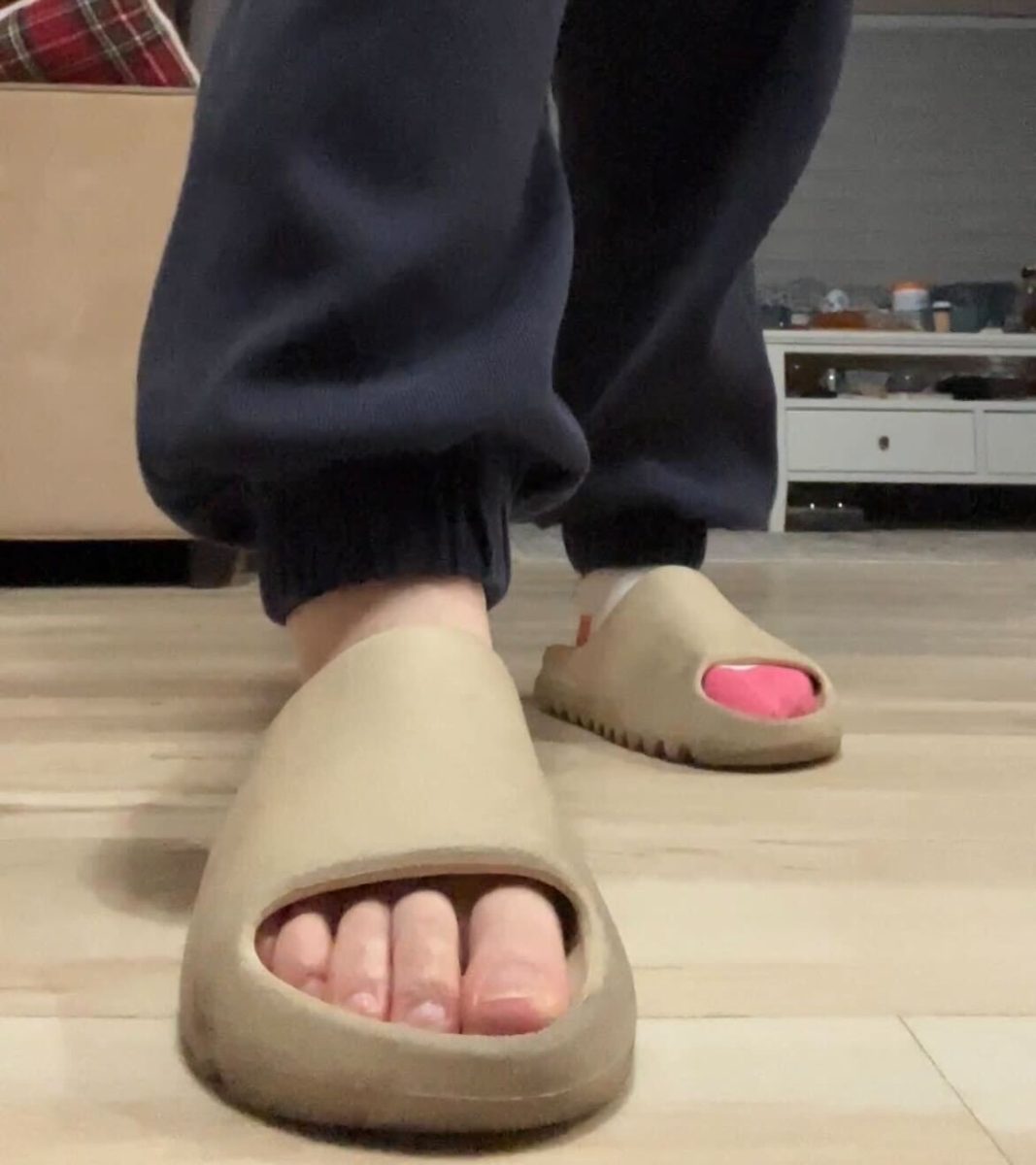




![[Valentines Writing Comp 24] How Dare You?](https://ayalabulldogtimes.org/wp-content/uploads/2024/03/IMG_1687-1200x794.png)
![[Valentines Writing Comp 24] Roses and Violets: A Modern Love Letter](https://ayalabulldogtimes.org/wp-content/uploads/2024/03/IMG_1686.png)




![[Playlist] Year 4](https://ayalabulldogtimes.org/wp-content/uploads/2023/11/Screenshot-2023-11-28-9.31.43-PM.png)
![[Episode 2] Fast fashion on the environment](https://ayalabulldogtimes.org/wp-content/uploads/2023/04/cover-art-1-900x900.png)


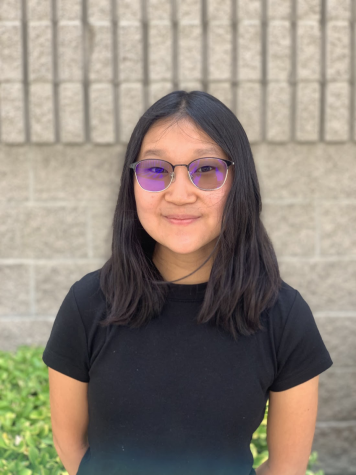
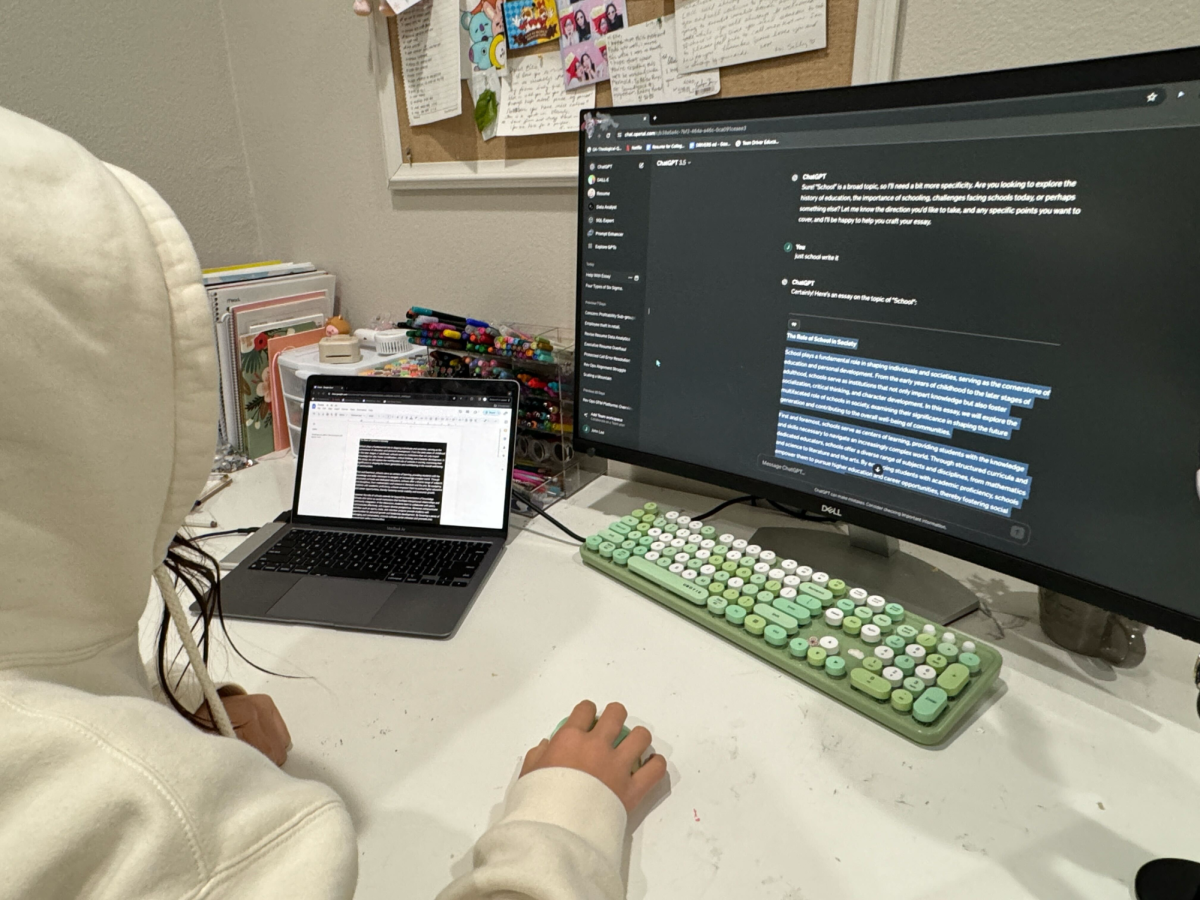

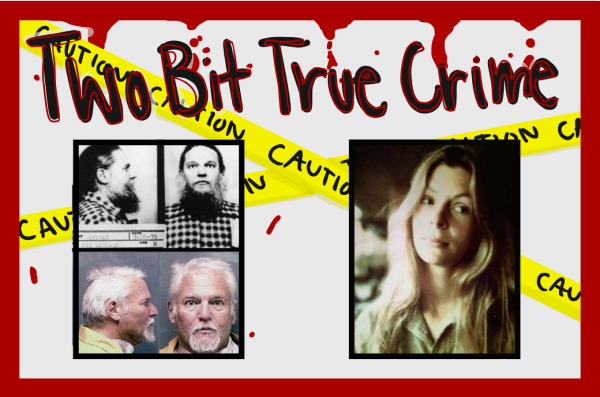
![[Photo Essay] What your phone case says about you](https://ayalabulldogtimes.org/wp-content/uploads/2024/04/Untitled_Artwork-22-600x441.png)

